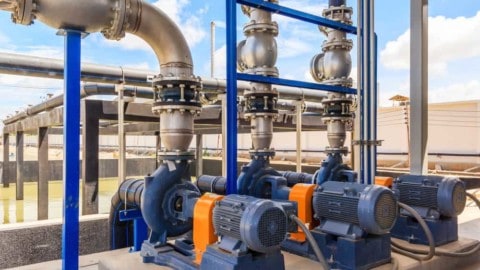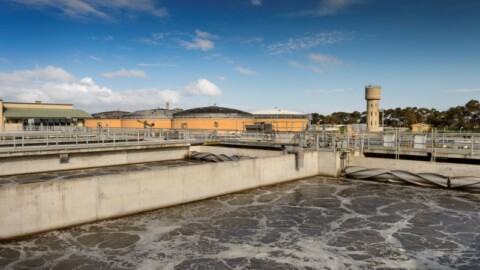Pump Industry Australia (PIA) has continued to liaise with industry organisations and government departments to promote cooperation between industries, and improve standards. Here, we look at the most recent changes to standards relating to pumping systems that you need to know.
New pump performance test standard
In late February, AS/ISO 9906:2018 Rotodynamic pumps – Hydraulic performance acceptance tests – Grades 1, 2 and 3 was officially published and is now in effect. As a result, AS2417:2001 Rotodynamic pumps – Hydraulic performance acceptance tests – Grades 1 and 2 has been superseded.
In November 2015, Standards Australia advised that AS 2417:2001 was considered an aged standard and could be subject to withdrawal.
ISO 9906:2012 had previously been adopted in Europe and member countries with an equivalent British Standard introduced the same year and other countries following suit soon after. Therefore, the AS 2417:2001 standard was out of sync with the rest of the world by five years.
Additionally, the US had published ANSI/HI 14.6:2011 Rotodynamic pumps for hydraulic performance acceptance tests. This standard is “harmonized” with ISO 9906:2012 and the outcome from testing in either standard is identical.
Due to this, the PIA Council decided to initiate the procedure required for the direct adoption of ISO 9906:2012 in Australia as the direction globally is toward one worldwide standard for pump performance testing.
AS/ISO 9906:2018 specifies hydraulic performance tests for customers’ acceptance and specifies the requirements at test facilities.
The tests can be applied to pumps of any size, and any pumped liquids that behave as clean, cold water. It only applies to the bare pump itself without any fittings, electric motors or any other associated equipment.
When evaluating and making pump selections, it forms part of the guidelines intended to ascertain the performance of the pump and to compare this with the manufacturer’s guarantee.
Previously, AS 2417:2001 consisted of two acceptance levels: Grade 1 and Grade 2. Both grades had bilateral tolerances for rated head or rated flow and allowed a negative tolerance on efficiency. As an annex to the standard, it had Annex A which provided a minimum tolerance which general purpose pumps were to meet unless otherwise specified.
The new standard contains three levels of acceptance criteria for pump performance test results, with each grade broken down into further subgrades with differing tolerance bands for pump acceptance levels.
- Grades 1B, 1E and 1U with tighter tolerance
(old AS2417 Grade 1) - Grades 2B and 2U with broader tolerance
(old AS2417 Grade 2) - Grade 3B with even broader tolerance (old AS2417 Annex A)
Compared with the previous test standard, in general the level of acceptable tolerance value increases from Grade 1 to Grade 3 and can either be unilateral (one sided, designated by U) or bilateral (two sided, designated by B). Tests to U grades do not have an allowable negative tolerance for flow and head.
ISO pump standards are reviewed by the appropriate committee every three to five years and PIA is in the process of submitting a proposal to Standards Australia to have international participation. This would allow PIA to have direct input to the responsible ISO committee in Europe. It is expected that this will be finalised in the next couple of months.
Fire Pump Checklist
Discussions with Fire Protection Association of Australia (FPAA) are ongoing regarding the adoption of a checklist to accompany AS2941 Fixed fire protection installations – pumpset systems.
In the meantime, an abridged version can be found on the PIA website for use by members who want to adopt a uniform approach for the verification of compliance to the requirements of AS2941.














